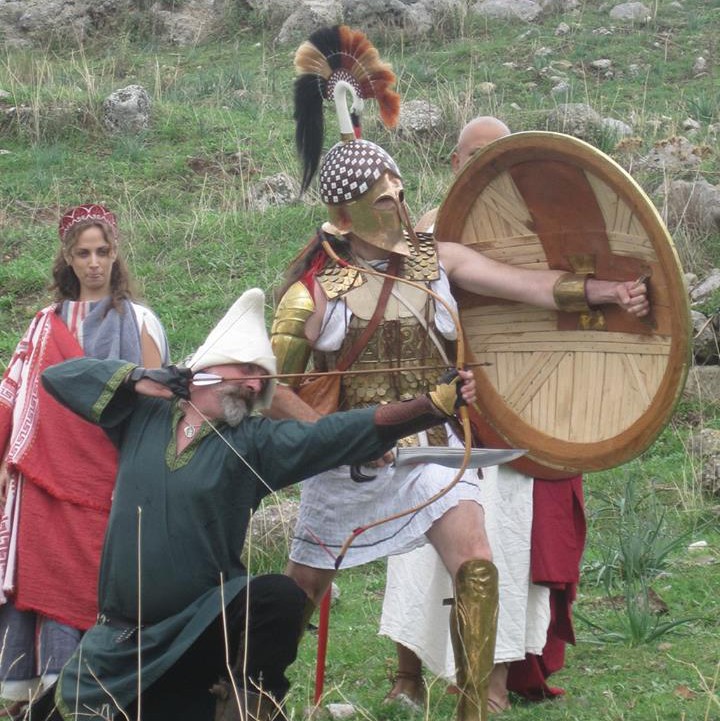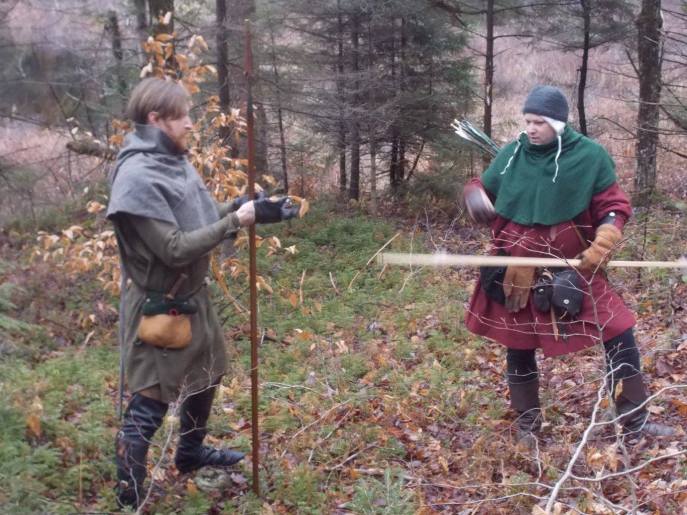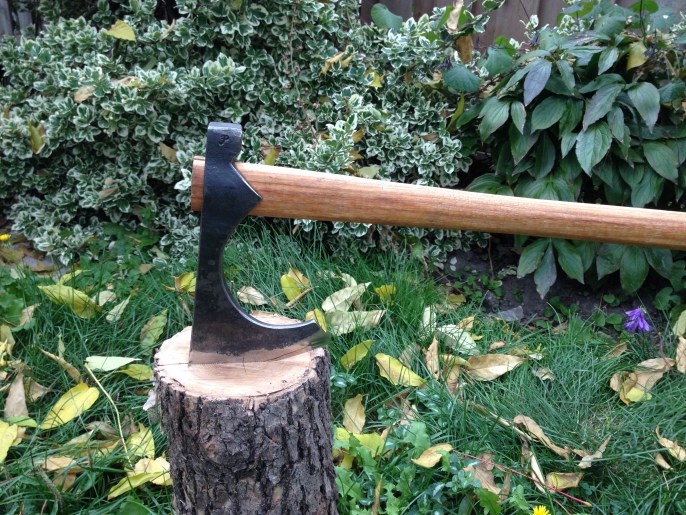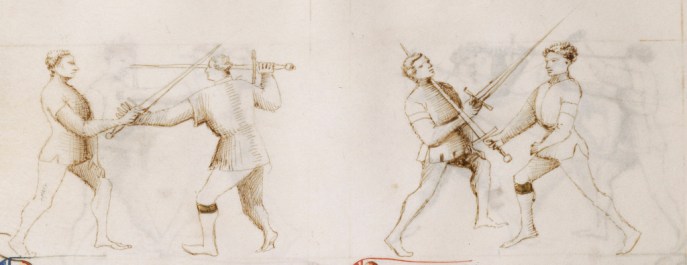
It’s launch day, at least in the UK.
I started writing these novels in 2012. I think there’s at least 2400 pages of material, and I could write more. It’s odd to say goodbye.
However, I want to take this space to discuss origins and books I loved, not endings. Who knows, maybe Gollanz will eventually want more. I certainly hope so… a great deal of effort went into world development, both thirty years ago and right up until a few days ago… but that’s another story.
Today’s story is the origins story, with a few tiny spoilers. Really, it’s a social history, or an historiography, with lots of thanks.
Alba started as an RPG. There were between nine and twenty players, and we always had a heavy element of war gaming involved, so there was an RPG level, a political level, and a military level, and the three were not always the same players.
I happened to be the nerdy president of the Simulation Gaming Association. (The war games club). We shared an office with the other campus pariahs (we called ourselves the Pariah Alliance)(NB not to us, but, hard as this may seem to believe, being Gay was a huge deal in 1982) the Gay and Lesbian Association (GLA) and the Drama Club. Nerds, Dramies, and LGBTQ. All in one office. A considerable crossover of people…
It was fantastic for my game. Sure, we started with a bunch of pudgy undergraduates, but by the end of the first year, RPGs had caught on with the two clubs with which we shared the office, and the Alba universe took on a wider scope. Frankly, some people from the Drama club and the GLA massively upped our role-playing level. And we had visiting GMs, who included my friend and mentor Celia Friedman, better known to you as C.S. Friedman the SFF writer, and Doug Snyder, one of the best GMs I’ve ever known and a man who sometimes wrote modules for GenCon. We migrated from AD+D to ICE and eventually Chivalry and Sorcery, and as many of the core gamers were studying Medieval History (and Classics) we gradually discarded other systems and designed our own, like people everywhere.
The story of how our office came to dominate the financial and social life of the campus shall remain for another time. Suffice it to say that war games conventions, SFF conventions, and dances run by the GLA were the top moneymakers in the Student Association…. and when we had all the money… No, no one was injured. We owned a lot of miniatures, though.
But I digress… About three years in, Alba had a depth to it unlike almost any RPG I’ve ever played. By then, we had about 60 players, some occasional, some always there; I remember well the night that three sorority women showed up to play… causing nerdy gamers to lose their ability to focus…ahh, university. Did I mention that I managed the Student Union? We always had great rooms in which to play. Aesthetics matter.
So, back to Red Knight and onward. It didn’t all happen that way. That is, you are not reading a compilation of events that unfolded, like history or news reportage. On the other hand, many characters, from Sauce to Gabriel’s mother to Desiderata, represent the role-playing efforts of real people. I gather that most readers feel there are far too many characters, but honestly, who was I supposed to leave out? Oak Pew? Father Arnaud?
I have always loved big stories. When I began to put Alba together, my favorite series were 1) The Lymond Chronicles by Dorothy Dunnett, probably the best HisFic writer of our time, and 2) the Lord of the Rings, with 3) The Deryni Chronicles in a close-run. Katherine Kurtz (who founded the SCA and represents the William Morris approach to Fantasy, at least to me) does not, I feel, receive enough credit. Her world was beautifully crafted. Yes, it was mostly Medieval England. And Christianity functioned, for good and ill, a choice I chose to share, and I suspect for the same reasons; without Christianity and all its warts and magnificence and weird – arsed Saints and all that baggage, you can’t have the Middle Ages. You can have sometime completely different, but my Alba was an alternate Arthurian world… and it still is. In case you didn’t see that coming.
Yeah. The King, never named, is Arthur. Desiderata is Guinevere. De Vrailly is Lancelot. Gabriel is Mordred. (Gabriel was, in fact, Mordred’s name int he early cycles, and Mordred was one of the heroes, not a villain). Gawain is… Gawain. My favorite character. So sue me. This really shouldn’t come as a surprise, but it seemed fitting to just lay it out at the end.
Later, Alba was modified by other books; Glen Cook’s ‘The Black Company’ and Steven Donaldson and perhaps most of all, the magic system, which was pretty much defined for me by the books I was reading on Hermeticism for classes but beautifully brought out in Ursula LeGuin‘s Wizard of Earthsea, still, maybe, the best novel I’ve ever read. But I was also influenced by the Riddle-Master of Hed, by Jerry Pournelle‘s novel ‘Janissaries’ (bit of a spoiler there) and, overall and most of all, by all the history I was reading; Froissart, and the Chronicon, and charter roles, and books on knights, real ones like Geoffrey de Charny and Sir John Chandos and Sir John Hawkwood. Look them up. Dick Kaeuper and Perez Zagorin ( the professor who, as a life-long socialist and anti-McArthyist, told me ‘If people like you don’t join the military, then it is just people like them’) and a few other professors gave me History. It’s the best story ever. It is far wider and deeper than fantasy. In it is the whole story of the human condition, and I never tire of it.
But it wasn’t all history. I owe a special debt of gratitude to my core friends for being passionate orators about politics and philosophy. Jevon, Bob, Rob, Leslie, Kate, Janis, Doug, Doug, Ann, Joe, Regina, Bill, Sean-Patrick, Greg and Mike Hauser, Mike Putre and Gail and Marjorie and Jim Dundorf and Rich Daprix and (More recently) Sarah and Nancy, Aurora, Chris, Chris, Cole, Len, Abby, Fil, Elisabeth, Dave, Melissa, Greg, Tasha, Sean, Marc Auger and then all the people in Italy… Simone, Maurizio, and Giuglia… anyway, perhaps more than anyone, Mark Stone, a young man getting a post-doc in Philosophy and philosophy of science. Mark, and his ally in philosophical crime, Doug Snyder, were relentless is asking ‘why’ about RPG cosmology; why are there gods? More recently, Rajiv Kaushik, professor of Philosophy, and Matt McIntosh have filled the same role.
Who made the Gods? Who made the universe? Is it a multiverse? Why does magic function? What role is there for science? How do societies develop? How does economics function? How do people study? How does learning work? Who gets to be ‘better’?
Where does the gold/fur/silk/gunpowder come from?
Is there good?/Evil?
Can we defeat evil? Militarily?
Well, here we are, at the end of all things. Mostly, I want to say, THANK YOU to the teachers, writers, books and friends (apologies to anyone whose name was missed!!!) that made the Traitorson books. It’s been fun. Come by and tell me if you want more.
Oh, by the way, tonight at 7PM EST I’m doing an online launch with Nicholar Kotar. You can find it here. Ask me anything about the Traitorson series, or really, anything else.


























